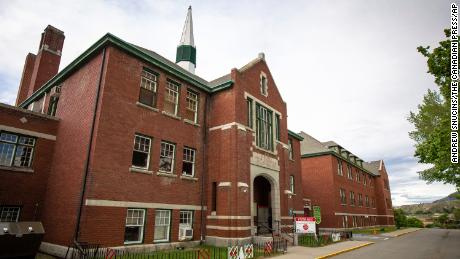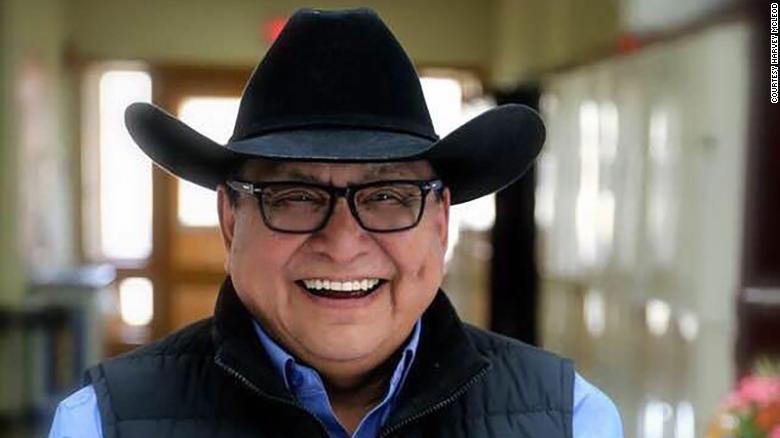With millions of students recently
returning to classrooms,
some schools are seeing heavier traffic congestion as more parents drive
children to avoid crowded buses.
Safety advocates who tout the health and environmental benefits of children walking and biking to school say they can navigate the additional traffic more safely using some of the same pandemic-era measures that increase social distancing.
Staggering dismissal times to reduce hallway crowding — and letting walkers and cyclists leave first — can give children on foot and bike a head-start on, and more space from, vehicles. Opening back entrances to allow more room to access school buildings can provide neighborhoods behind schools a more direct walk or bike route. Dropping off children farther from campuses can free up jammed school parking lots while providing children and parents a way to build more walking into their day.
They
cite school systems like Arlington Public Schools, which worked to make walking
safer around 16 elementary schools last spring after cutting school bus service
in some areas to limit bus capacities. School and county officials did “walk
audits” of surrounding neighborhoods to spot potential safety hazards that
needed correcting and provided families with maps of the safest routes.
Nancy Pullen-Seufert is the director of
the National Center for Safe Routes to School,
which coordinates the annual Walk to School Day, this
year on Oct. 6. Pullen-Seufert, also a senior research associate for the
University of North Carolina’s Highway Safety Research Center, spoke with The
Washington Post about how the pandemic has reframed efforts to improve
pedestrian and bike safety for schoolchildren.
The Post: How has the pandemic changed thinking around school travel?
Pullen-Seufert: I
think it depends on the community a bit. In some places, we’re seeing parents
responding to concerns about covid by, if they have the option, driving kids to
school. In other places, we’re hearing from families who are saying, “Gosh, we
did more walking and biking when we were learning from home, and we realized
the school trip isn’t as far as we thought,” or “We’re realizing we really
liked having that extra physical activity, and we want to create some new
habits around that.” We’ve seen cities prioritize sidewalk improvements and
construction in places that allow for more connection between schools and
neighborhoods. We’ve seen cities that have made temporary changes to their
streets, either by removing a traffic lane and using cones to create more space
for walking or by closing streets or limiting vehicle access to streets near a
school.
Cities are making
covid-era street changes permanent. Some are facing pushback.
The
Post: In Arlington, the school system tried to help kids
walk and ride to school more safely last spring because it wanted to reduce the
number of children on buses. Can you talk about that?
Pullen-Seufert: The Arlington school district has been amazing in thinking about all the ways they want to provide options for students, particularly around walking and biking. They expanded some of their walk zones so that more students from a little further away who wouldn’t necessarily have access to a school bus would have safer options for walking and biking. First, they went out and did “walk audits” to identify safety concerns and make improvements to those. They did some enhancements to crosswalks and added locations for crossing guards. On one of their higher-speed roads [Carlin Springs Road], they [temporarily] repurposed one of their traffic lanes to create more space for people to walk and bike. They also used changeable message signs to remind people that students are back to school and they’re walking and biking. I think they’re doing things to make changes to the built environment but at the same time are trying to change the culture around how we get around and what is expected. [Full bus service was restored for this school year, a school district official said.]
The
Post: How has the fact that more people have been able to
work from home or have more flexible work schedules during the pandemic
affected the way children get to school? For example, do some parents have more
time to walk their child to school rather than having to get them to a bus so
they can leave for work?
Pullen-Seufert: We’re
seeing it both ways. We have families who maybe have had a chance to do more
walking when everyone was at home and realized this is something they wanted to
build into their lives and continue when their student returned to the
classroom. Certainly more flexible work schedules for people working from home
is part of that. It’s sort of a reset of how we think about travel. We also
have lots and lots of people who are essential workers. We still have to figure
out ways to support their students in getting to school.
7 ways the ride to the
office might be different this fall
The Post: What, in general, are the biggest impediments to more children walking or biking to school?
Pullen-Seufert: I think the number one [challenge] is really around the built environment, the fact that we’ve created streets that are more inviting for driving than they are for walking. We are recognizing the fact that we need to think about moving people and not just moving cars, so it’s creating more space for walking and biking and creating more protected crossings. I also think about vehicle speeds. When we think about risk of serious injury and death, the faster a vehicle is going, the more likely the pedestrian is to not survive the crash. And, of course, it takes the driver longer to stop. We know parents get very concerned about allowing children to walk where they see high traffic volumes and high speeds. We also need to create access to transit and safe routes between transit stops and schools.
The
Post: What are some of the fastest, easiest and cheapest
ways that school or community leaders can make walking and cycling safer?
Pullen-Seufert: Schools
can open up their back gates if they can, provide crossing guards and add more
crossings to make it easier for students and families to come from a variety of
directions to access the school. They can also work with the city to use
traffic cones, paint or bollards to create more space for walking and create a
physical and visual barrier between where people are driving and where people
are walking. One of the other things we’ve seen during the pandemic is
temporary infrastructure improvement projects. I was talking with someone in a
community in Indianapolis that got a grant from their department of health to
paint a bike lane in front of their school and to add another crosswalk because
they wanted students [walking and on bicycles] to be able to access a different
school entrance than their motor vehicle traffic.
Amid pandemic, e-cycling
flourishes and gets seriously competitive
The Post: You previously mentioned that children in communities of color and lower-income neighborhoods are reflected more highly in crash statistics. Why is that?
Pullen-Seufert: We
certainly see communities of color more highly represented in low-income
neighborhoods, and we know that low-income neighborhoods tend to lack the same
walking and biking infrastructure that higher-income areas have. We also know
that low-income neighborhoods are more likely to have a high-speed street
running through them, which is obviously a safety concern. Communities of color
can have lower average incomes. Sometimes that’s because people are working
more than one job, so there’s less time for parent supervision or for being
able to spend time walking to school with a child.
The
Post: How do you correct these disparities for children in
lower-income neighborhoods and communities of color?
Pullen-Seufert: I
think it has to do with where we prioritize our resources. We need to be sure
that we’re first looking where there is greatest risk. It also involves making
sure we’re asking community members, “What are your concerns, and how would you
like to be able to use your street?”
How the pandemic and a
renewed focus on equity could reshape transportation
The Post: What else should people be thinking about or doing to make school travel safer, especially during a pandemic?
Pullen-Seufert: I’d say people should consider all of their options. If they have to drive, can they drive part of the way and walk the remainder of the route? Drivers should please drive slowly and yield to people who are walking and biking. They can also ask their school district and their school, “What are you doing to help protect my child who is riding the school bus?” I also think we want to connect with neighbors and ask how we can band together to support students using active travel to get to school or walk to public transit or their school bus stop.

















